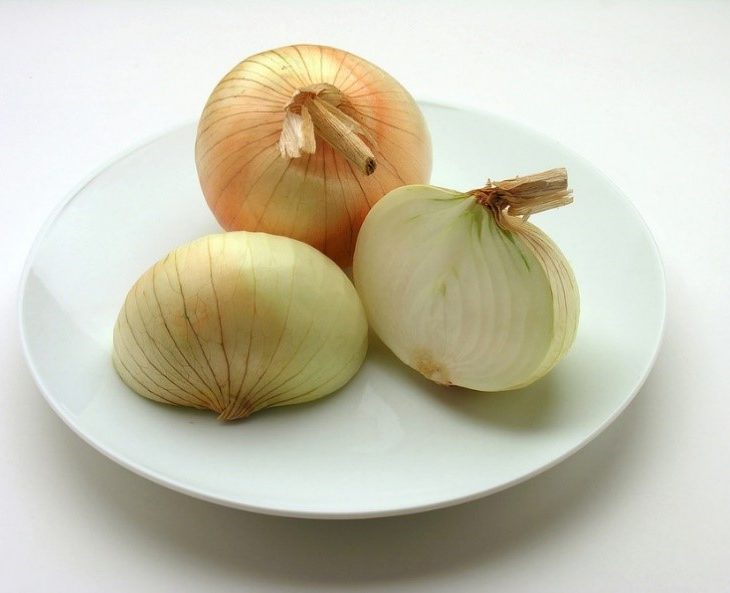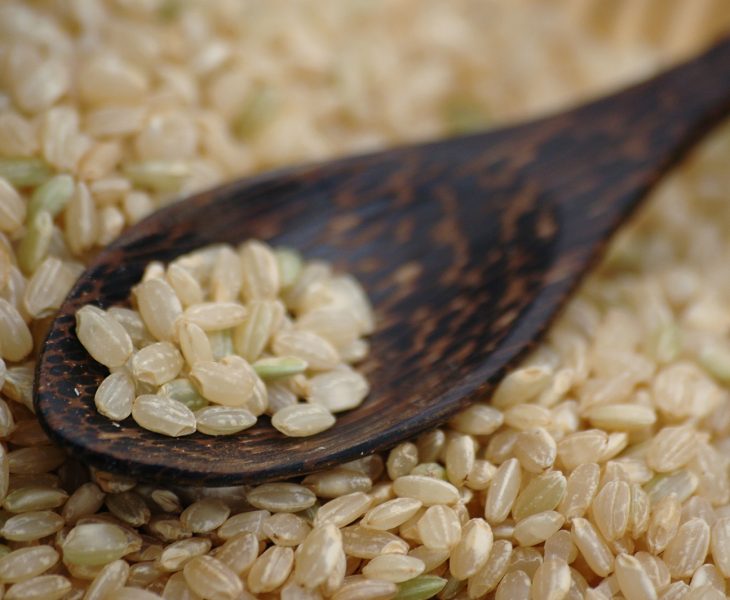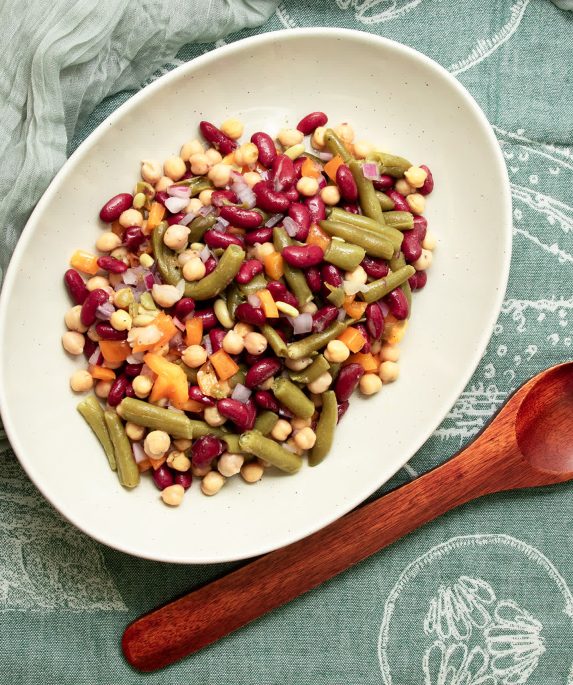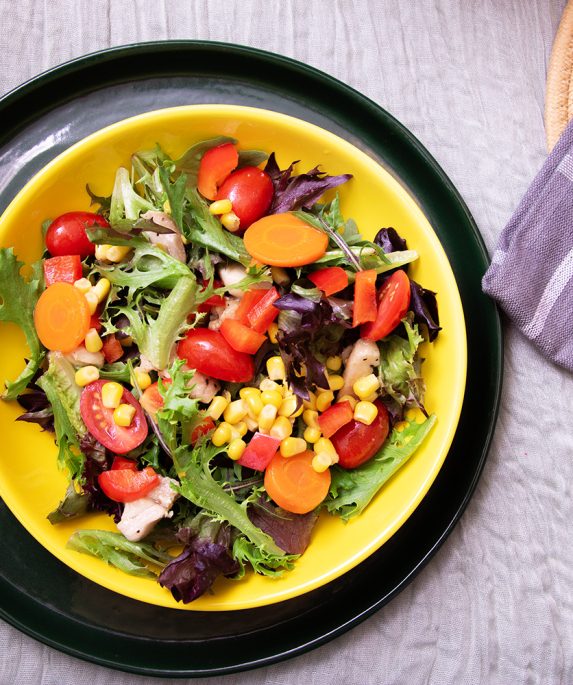Get ready to enjoy a fun twist on a classic comfort food—Sloppy Joes! This version features hearty lentils as the star ingredient, topped off with a crisp and colorful coleslaw for an extra boost of flavor and nutrition.
Ingredients:
Serves 4
- Dark Green Coleslaw
- 1/4 cup vinegar
- 1/4cup olive oil
- 1 bunch of dark, leafy greens (stems removed, thinly sliced)
- 1 medium apple, grated
- 4 carrots, grated
- 1/2 cup red onion, chopped
- 1/4 cup dried cranberries
- 1 tablespoon sugar or honey
- Lentil Sloppy Joes
- 2/3 cup dry lentils
- 1 cup red onion, chopped
- 1 8oz can tomato sauce
- 2 tablespoons yellow mustard
- 2 tablespoons barbecue sauce
- 1/2 tablespoon ground cumin
- 1/2 tablespoon chili powder
- 1/2 tablespoon garlic powder
- 1/2 tablespoon olive oil
- 4 whole grain hamburger buns
Instructions:
- Wash hands with soap and warm water.
- Start the coleslaw. In a small bowl, add vinegar, oil, and sugar or honey (if using). Mix well. Pour the mixture over the bowl of chopped greens and mix until everything is coated. Using your hands, massage the greens by squeezing them by the handful for 1-2 minutes. This will make the greens more tender and less bitter.
- Add the apples, carrots onions, and cranberries to the greens. Mix well.
- Chill in the refrigerator until the rest of the meal is ready to serve.
- Start the Sloppy Joe’s. Rinse dry lentils in a colander with running water. Spread lentils out on a paper towel. Pick out any non-lentil items. Cook according to package directions, about 20-25 minutes. Drain off extra liquid.
- While lentils cook, chop onions and mix sauce for Sloppy Joe’s.
- For sauce, add tomato sauce, mustard, barbecue sauce, cumin, chili powder, and garlic powder to a medium bowl. Mix until combined. Set aside.
- In a large skillet, heat oil over medium high heat. Add onions and sauté for 5-7 minutes, until clear and lightly browned.
- Add cooked lentils and sauce to the cooked onions. Reduce heat to medium and simmer for about 10 minutes, or until sauce is thick.
- Once the Sloppy Joe mixture is done, serve hot with a whole grain bun and chilled coleslaw.





